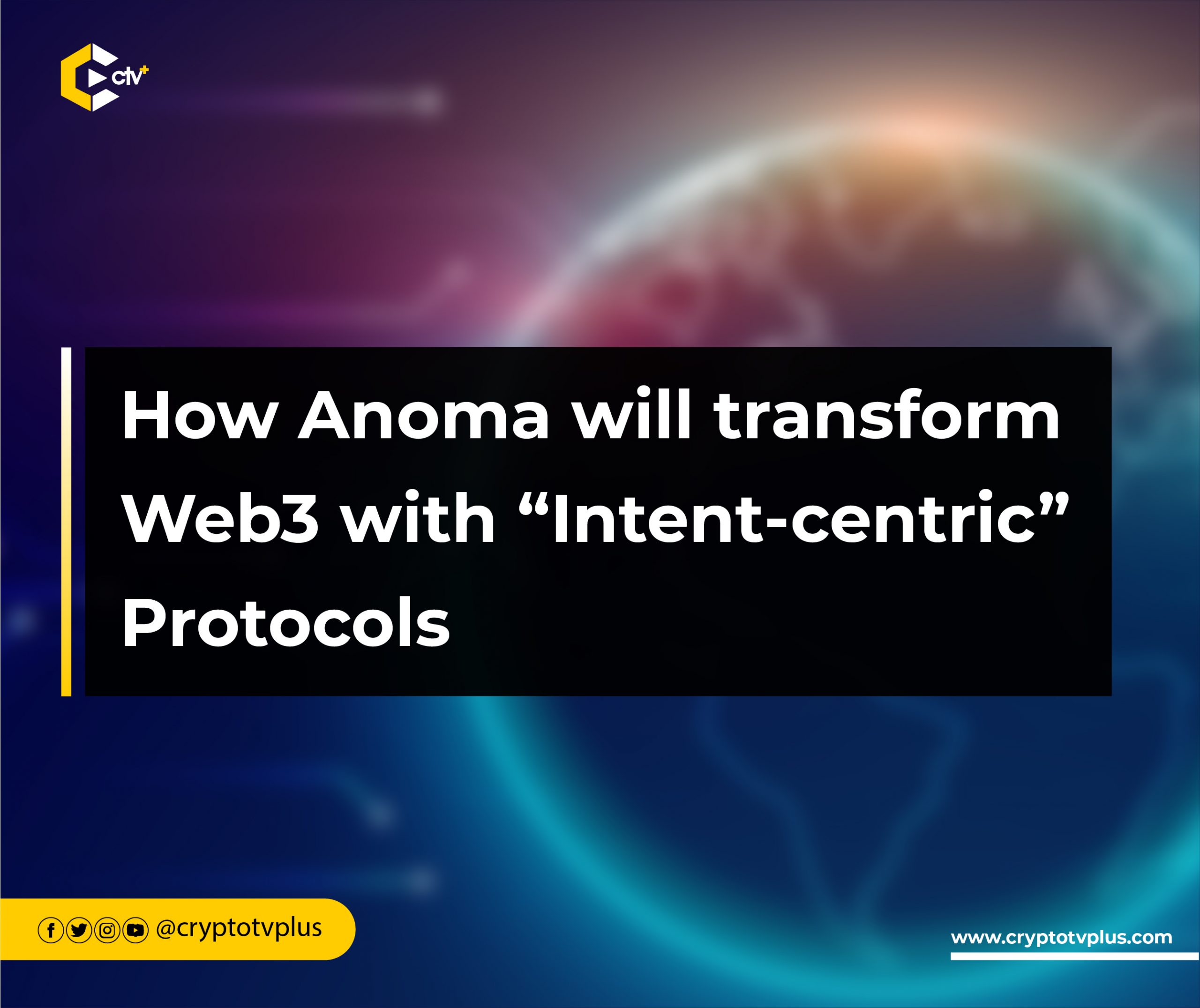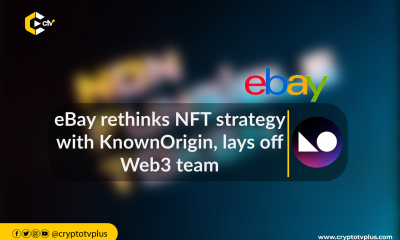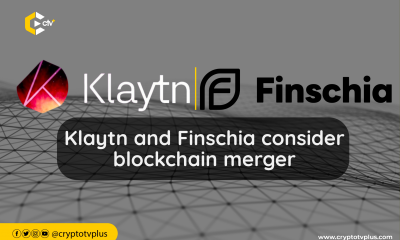FEATURED
How Anoma will transform Web3 with “Intent-centric” Protocols

During a defining talk at the ETHCC Paris, Adrian Brink, Co-founder of Anoma, unveiled the Anoma protocol, an innovative blockchain architecture that revolves around intentions, revolutionizing the realm of decentralized applications.
In explaining the intent-centric design of Anoma, he said that the protocol, which is a third-generation blockchain, uses an intent-centric architecture due to the limitations of current transaction-based models used by first and second generation blockchains.
Adrian guided the audience through the journey of blockchain evolution, starting from the first generation with scriptable settlements like Bitcoin.
He proceeded to explain that the second generation introduced fully programmable settlements, catalyzed by Ethereum and its transformative impact on application development.
However, he argued that despite significant improvements in scaling, privacy, and consensus mechanisms, second-generation blockchains remained transaction-centric.
In an intent-centric protocol, Adrian said that users express what they want rather than how to achieve it, leading to more composable and privacy-preserving applications.
Anoma’s architecture enables users to issue intents that can be transparent, private, or hybrid, catering to various use cases while avoiding the dilemma of choosing between privacy and transparency.
How Anoma works
Adrian noted that when a user initiates a transaction on Anoma, it is sent as an “Intent” in the protocol into the intent Gossip Network which is a component of Anoma.
Inside the Gossip Network is another component called Solvers, that listens to these intents from the Gossip Network and chooses compatible ones for balanced state transitions.
For example, if a user chooses to trade 1 Bitcoin for Ethereum, there must be another user who will reverse this transaction for there to be a balanced state transition.
After sorting the balanced transaction, Solvers submit solutions to an encrypted mempool using Fervio from where the validators send the transactions into the execution layer – built on Taiga – where the request is completed.
Taiga is a ZK circuit enabling Anoma to be deployed as a ZK roll-up on Ethereum. This structure makes it possible for users to deploy Anoma on any chain apart from Ethereum.
He also added that the Anoma stack is made up of Typhon, which represents an advanced consensus system; Vamp-IR, a compiler for polynomial code targeting various backends; and Juvix, a high-level language for Anoma, simplifying developer interactions.
Furthermore, the presentation underlined Anoma’s versatility in deployment models. Adrian said that the protocol can function as a sovereign chain, be integrated as an L1 and a half solution to enhance existing systems, or serve as an L2 solution on Ethereum.
Future of Anoma
Brink concluded his presentation with the announcement of the Anoma of C program, inviting researchers, developers, and enthusiasts to explore and contribute to Anoma’s specifications.
Anoma makes it possible for developers not to worry about a lot of things while focusing on building the application they want to develop.
“You don’t have to worry about how I can build a backend on AWS that aggregates all these intents then submits them as batches to some set of solvers and forces some bounding constraints and solver,” Adrian said.
He expressed optimism that Anoma’s intent-centric approach would usher in a new era of decentralized applications, where user preferences and composability reign supreme.
Read also; Successful tokenomics, fundraising & market behavior: expert shares insights
























